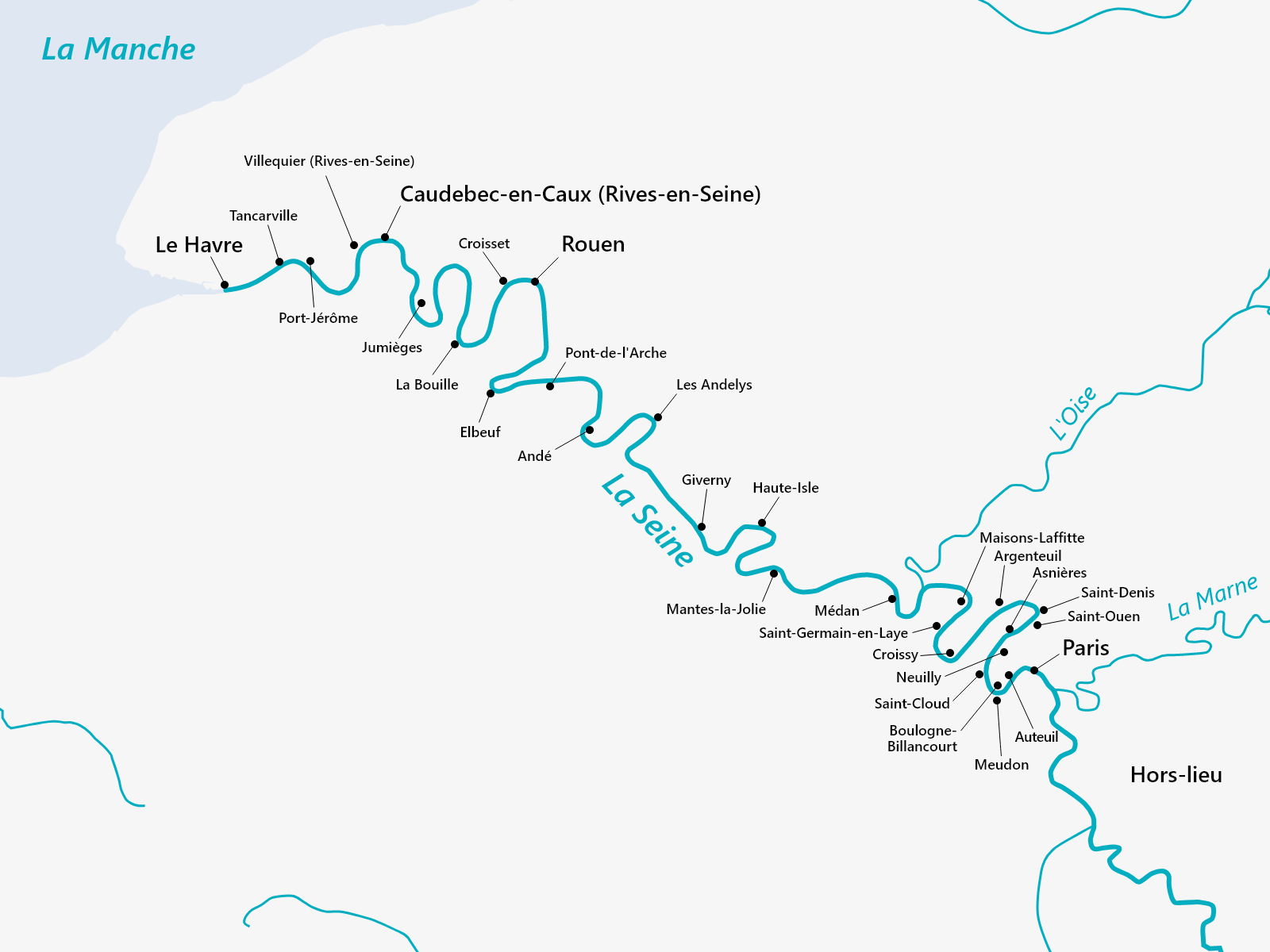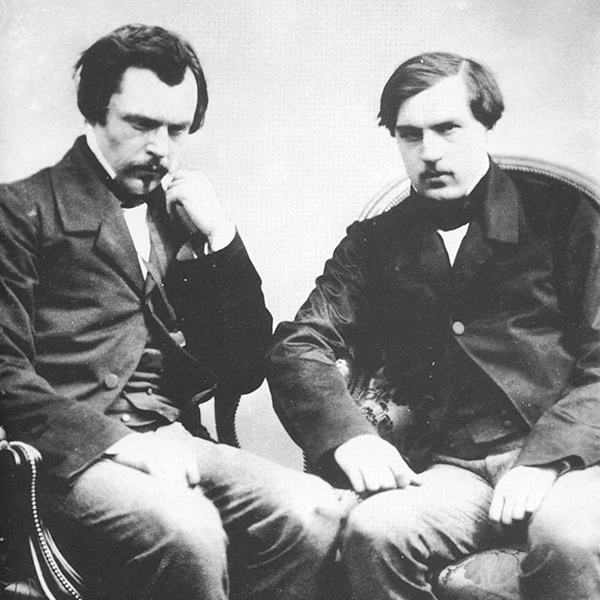Saint-Denis

Saint-Denis is the most populous town in the department of Seine-Saint-Denis. Until 1964, the town was a subprefecture of the department of Seine. The southern part of the town borders the Saint-Denis canal. The town’s name comes from Denis (3rd century), the martyr and first bishop of Paris. His tomb is located in the town, in the basilica that shares his name, first built in the 5th century. Later, almost all of France’s kings, queens and princes would in turn be buried in Saint-Denis, giving historical significance and considerable growth to the church abbey. Saint-Denis became a “red” town at the beginning of the 20th century, the working class made up 68% of the working population in 1920. The industry created a strong influx of immigration from Brittany and then Spain, in part because of the war. After the Liberation, like the rest of the country, Saint-Denis experienced strong economic growth, characterized by the presence of a wide variety of industries. The town was then severely hit by deindustrialization, along with the economic crisis in the 1970s and 1980s. It now has a large immigrant population. Saint-Denis is the birth town of the poet Paul Éluard.
 Barge, photographie © F. Guillotte
Barge, photographie © F. Guillotte



